A Star Who Defined Glamour and Strength
The 1970s were an era of bold cinema, striking fashion, and unforgettable personalities. Among those who captured the world’s imagination was Julie Ege, a Norwegian beauty whose long hair, radiant smile, and magnetic screen presence made her one of the defining icons of her generation. But Julie was never just a pretty face—she was an actress, model, singer, and later a nurse, showing the world that resilience and reinvention can be just as dazzling as fame.

Early Life: From Small-Town Norway to Global Stages
Julie Ege was born on November 12, 1943, in Høyland, Sandnes, Norway, into a working-class family. Her father worked in a brickyard, and her mother kept the household together, instilling discipline and warmth. From a young age, Julie stood out for her confidence and presence. At just 15, she began modeling, and by 18, she placed second in the Miss Norway 1962 competition. This success sent her to the Miss Universe contest, giving her a taste of the international spotlight she would soon own.
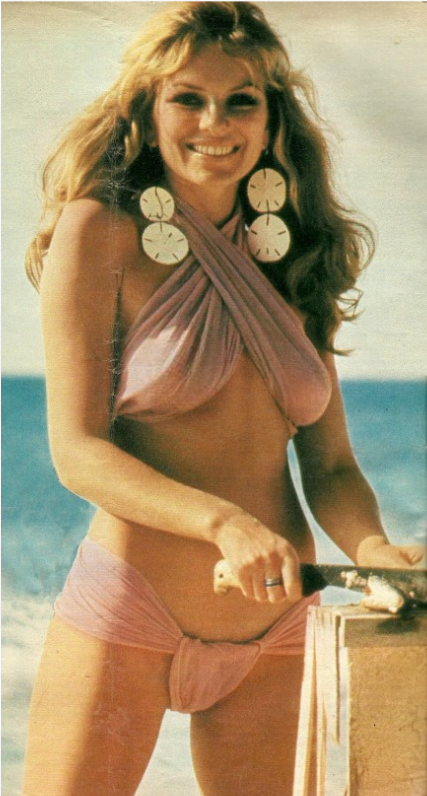
Craving bigger horizons, Julie moved to England in 1967, working as an au pair while learning English. She balanced language studies with modeling jobs, treating every opportunity as a stepping stone. Her determination showed early on: she wasn’t waiting for luck, she was building her future piece by piece.
Video : THE BEAUTIFUL Julie Ege
Beauty Queen to Bond Girl: The Big Break
Julie’s career exploded when she was cast as Helen, the Scandinavian girl in On Her Majesty’s Secret Service (1969). Though a small part, it made her the first Norwegian Bond girl, forever linking her name to one of cinema’s most enduring franchises.
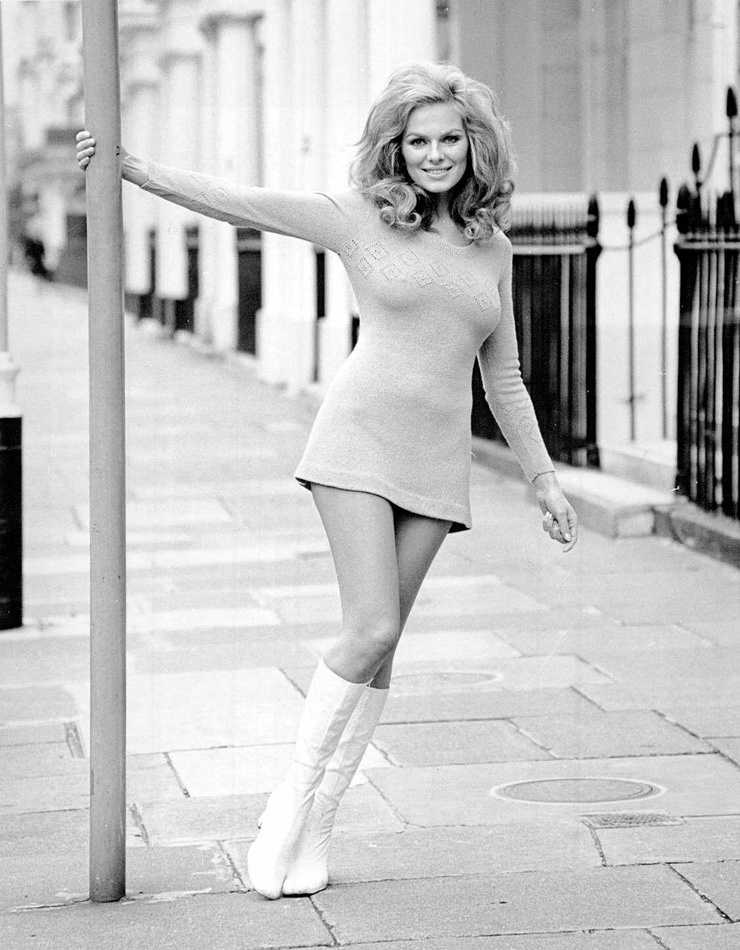
The exposure led to roles with Hammer Film Productions, where Julie’s striking beauty was matched by her boldness on screen. In Creatures the World Forgot (1971) and The Legend of the 7 Golden Vampires (1974), she cemented herself as a fan favorite. Hammer executives even dubbed her “the new sex symbol of the 1970s,” and audiences couldn’t disagree. Her presence was like lightning—sudden, brilliant, impossible to ignore.
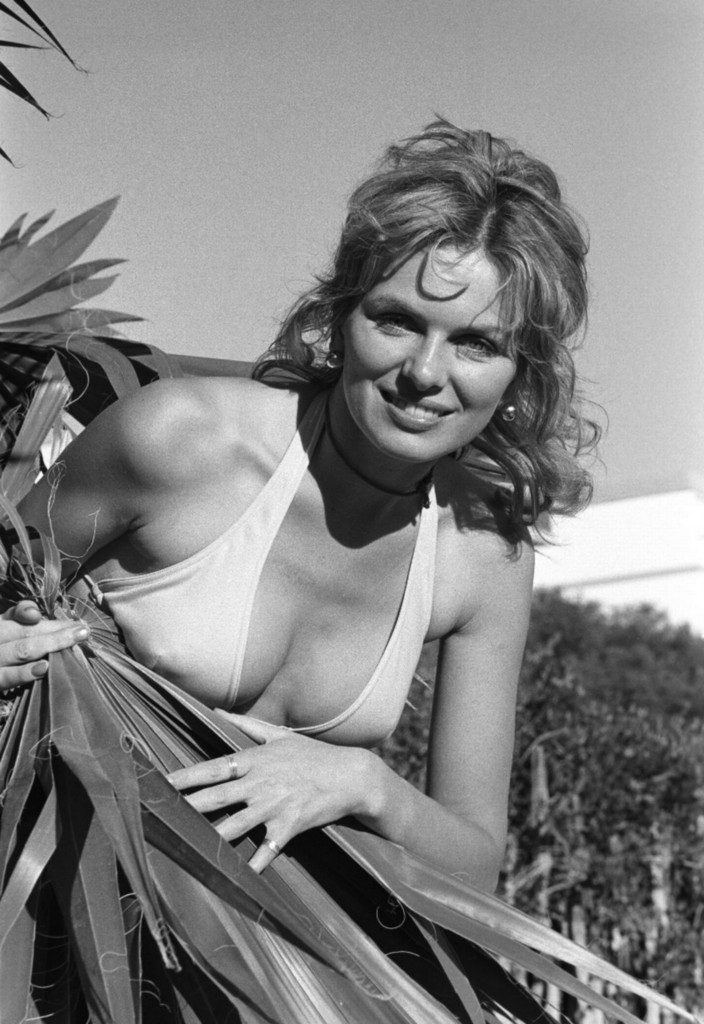
Comedy Gold: A Scene-Stealer in Up Pompeii
Julie’s versatility shone brightest in comedy. Her role as Voluptua in Up Pompeii (1971) alongside Frankie Howerd turned her into a household name. Even though her lines were dubbed, her charisma leapt off the screen. Fans adored her mix of wit and glamour, and the film’s cult status made her one of the most memorable comic actresses of the time.
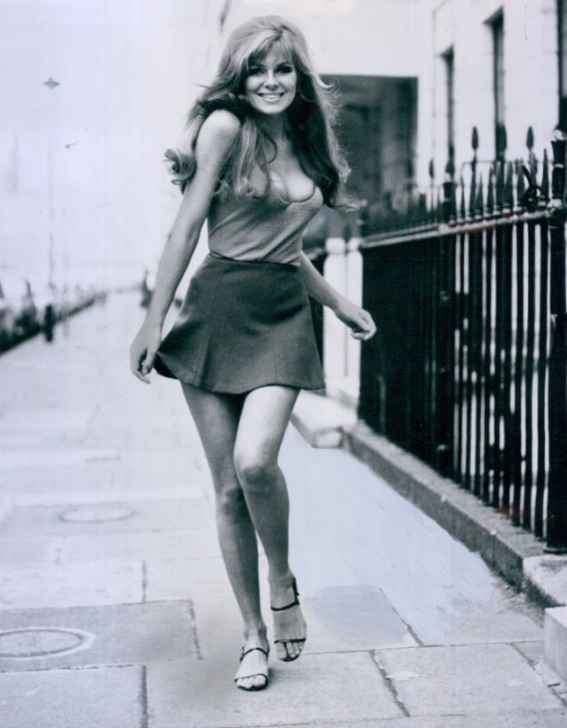
She carried that energy into other projects, including Every Home Should Have One and The Magnificent Seven Deadly Sins. With her timing, charm, and visual appeal, Julie proved she could master more than just sultry roles—she could make people laugh.
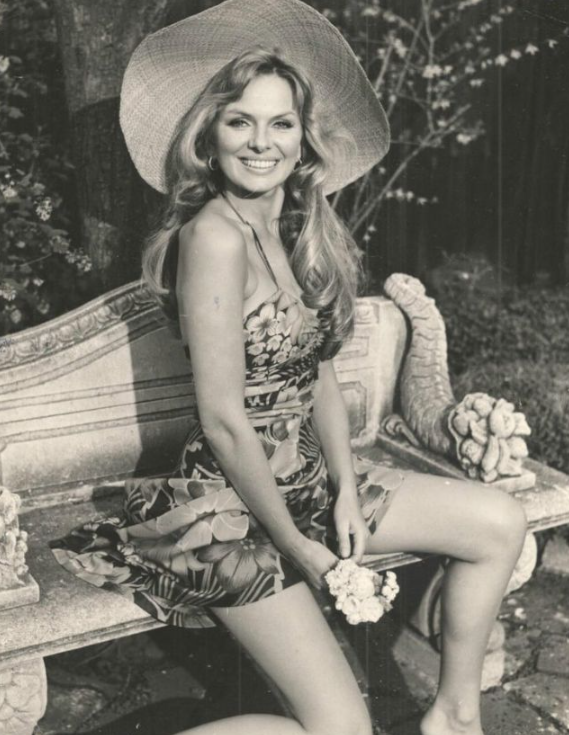
A Voice Beyond the Screen: Music and Public Life
Julie wasn’t content to stay confined to acting. In 1971, she recorded a cover of John Lennon’s Love, showing that her talents extended into music. While her pop career was brief, it was proof of her willingness to experiment, to keep evolving, and to chase creative risks.
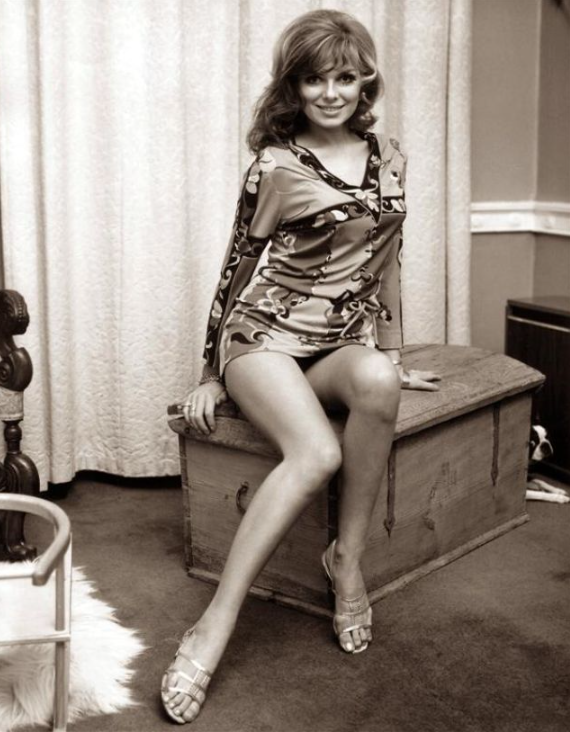
Public appearances kept her in the spotlight as well. In 1971, she presented the European Speedway title trophy at Wembley Stadium in front of 75,000 fans, embodying star power in every move. She wasn’t just admired—she was celebrated.
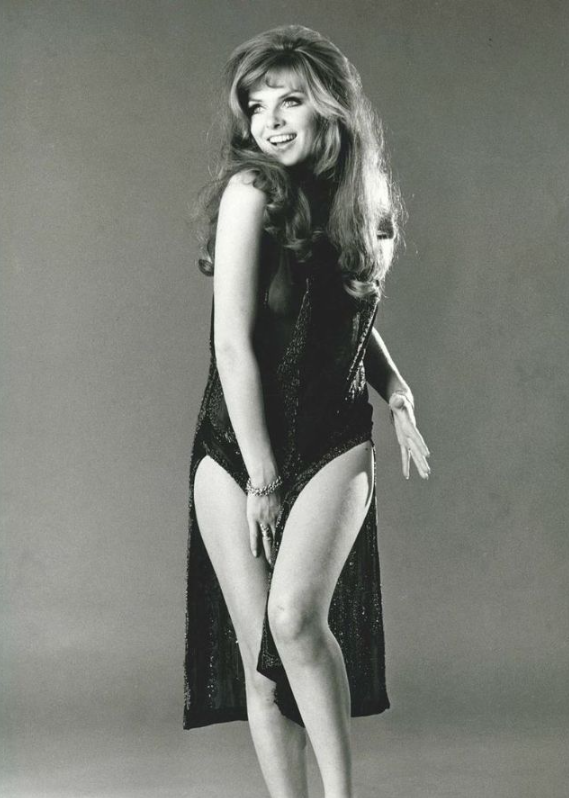
Love, Family, and Resilience
Like many in the limelight, Julie’s personal life drew attention. She married twice in the 1960s, first to Alf Kruger-Monsen and later to English dentist Erland Skatten, and had two daughters, including Joanna Ege. Later, she was linked romantically with Beatles roadie Tony Bramwell and Norwegian author Anders Bye, living a life as colorful as her career.

But behind the glamour, Julie faced immense challenges. In 1986, she was diagnosed with breast cancer, and years later, with lung cancer. Despite the hardships, she remained candid about her battles, even writing her autobiography Naken (2002), which laid bare her triumphs and struggles with raw honesty.
Video : Rolv Wesenlund intervjuer Julie Ege
A Second Career: From Stardom to Nursing
In the late 1970s, Julie stepped back from film and returned to Norway. Rather than clinging to fame, she reinvented herself entirely. She completed her secondary education, studied at the University of Oslo, and in 1998 became a registered nurse.
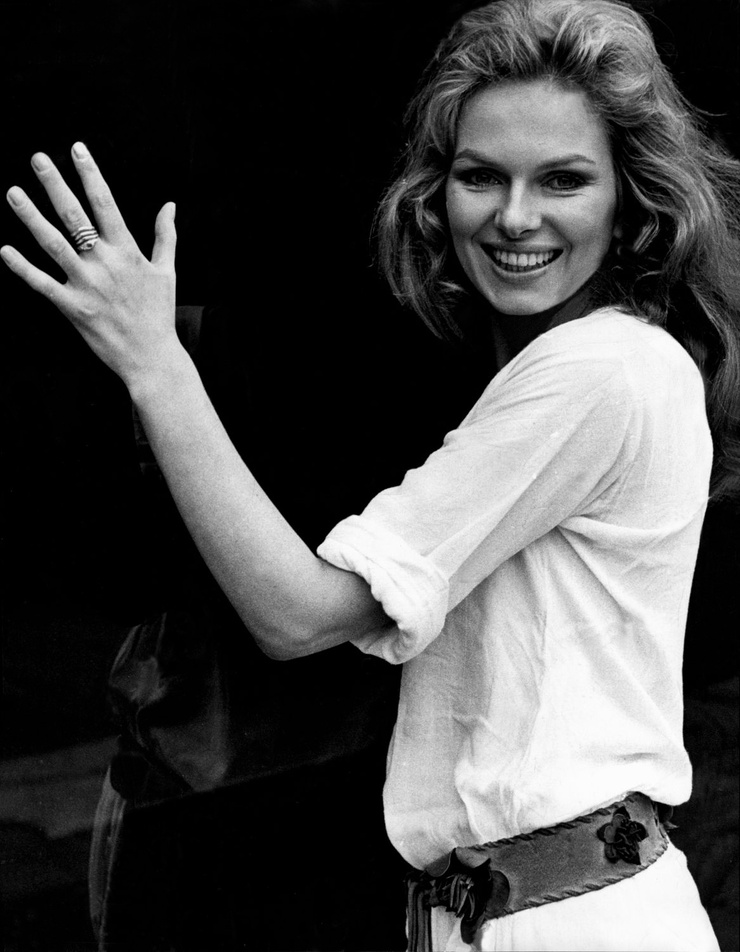
Imagine the contrast: one day walking red carpets, the next day working in a hospital ward. For Julie, it wasn’t a downgrade—it was fulfillment. She proved that compassion and service could be just as powerful as celebrity. Her patients knew her not as a movie star, but as a caring nurse who had walked many paths.

The Final Years and Lasting Legacy
Julie Ege passed away on April 29, 2008, at the age of 64 after her long fight with cancer. Her death saddened fans worldwide, but her legacy remains strong. From Bond girl fame to Hammer horror classics, from comedy cult films to her remarkable nursing career, Julie’s story continues to inspire.
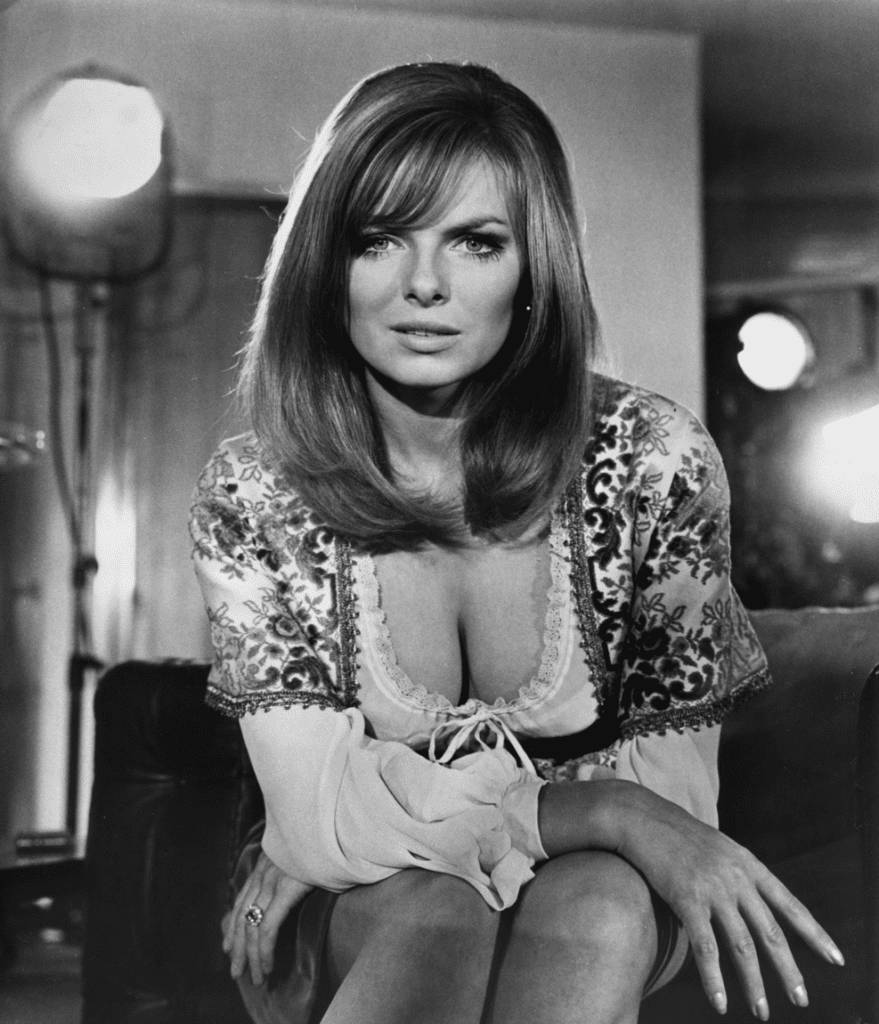
Her films are still celebrated, her autobiography remains a testament to her honesty, and her life proves that reinvention is always possible. She wasn’t just a beauty of the ’70s—she was a woman of strength, adaptability, and humanity.
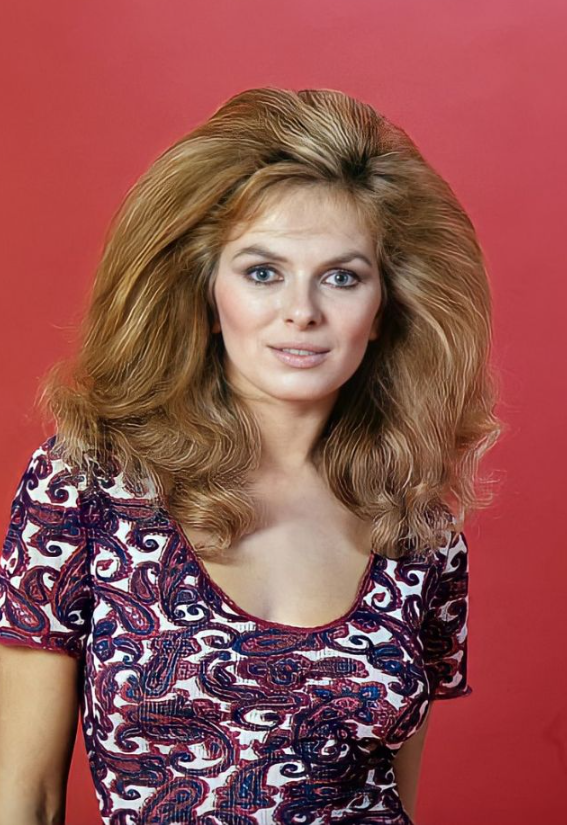
Conclusion: Julie Ege’s Enduring Impact
Julie Ege embodied the spirit of the 1970s—bold, glamorous, and unforgettable—but she was so much more than that. She was a beauty queen who became a Bond girl, a comedic talent who made millions laugh, and later a nurse who chose compassion over celebrity. Her resilience through personal struggles, her willingness to take risks, and her ability to reinvent herself show that her true legacy is not just about beauty but about courage.
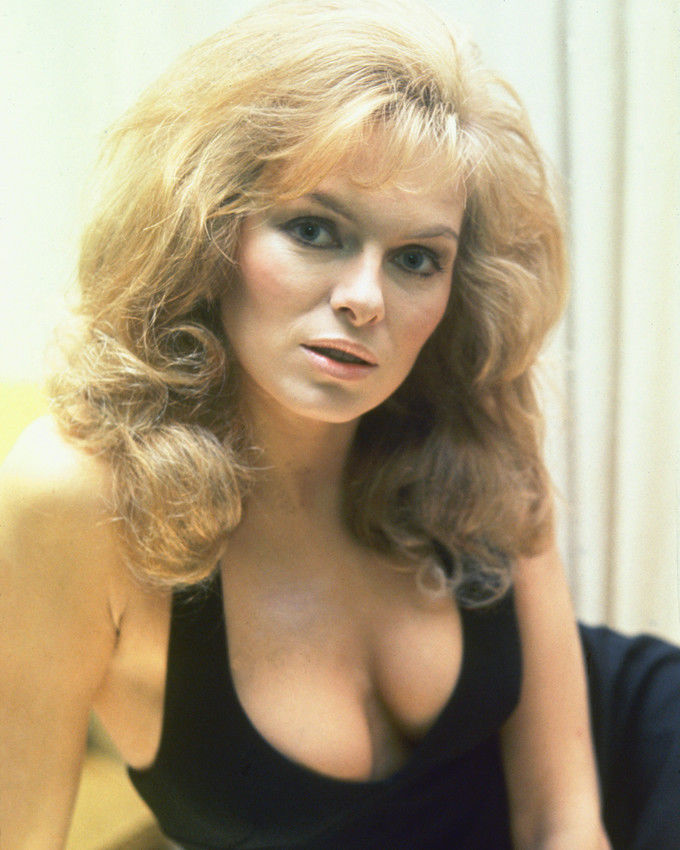
The next time you watch On Her Majesty’s Secret Service or Up Pompeii, remember Julie Ege not just as a dazzling face of the screen, but as a woman who lived boldly, fought bravely, and left behind a story worth telling again and again.